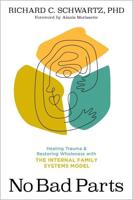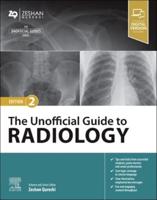Publisher's Synopsis
"Cardiovascular disease (CVD), once thought to be confined primarily to industrialized nations, has emerged as a major health threat in developing countries. Cardiovascular disease now accounts for nearly 30 percent of deaths in low and middle income countries each year, and is accompanied by significant economic repercussions. Yet most governments, global health institutions, and development agencies have largely overlooked CVD as they have invested in health in developing countries. Recognizing the gap between the compelling evidence of the global CVD burden and the investment needed to prevent and control CVD, the National Heart, Lung, and Blood Institute (NHLBI) turned to the IOM for advice on how to catalyze change. In this report, the IOM recommends that the NHLBI, development agencies, nongovernmental organizations, and governments work toward two essential goals: creating environments that promote heart healthy lifestyle choices and help reduce the risk of chronic diseases; and building public health infrastructure and health systems with the capacity to implement programs that will effectively detect and reduce risk and manage CVD. To meet these goals, the IOM recommends several steps, including improving cooperation and collaboration; implementing effective and feasible strategies; and informing efforts through research and health surveillance. Without better efforts to promote cardiovascular health, global health as a whole will be undermined."--home page.












